Working at the School at STEPS in NYC I have had the honor of meeting Kate Thomas and following Ballet NEO. As the founder of Ballet Neo, a neoclassical ballet company, Kate Thomas has lead her highly accredited and talented dancers for over ten years. This March I attended “Salon Sunday” and open rehearsal with fantastic dance and wine. I was able to talk with Kate about one piece in particular that really struck me because of its history and collaboration process.
Entitled “Hope,” a solo in Thomas’ Appalachian Suites presented was a section of a much larger ballet that Kate has worked on for six years. In whole, the ballet was inspired by the Monongah mining disaster of 1907 and the women and wives that we left behind. Most of the workers in the mines were Italian immigrants which holds sentimental value to Kate as her grandmother was an Italian immigrant. “For me this is a personal story, because it’s about how we got here.” As the Italians started working in the mines, they were monetarily bribed to tell more family and friends to join them. Immigrants were shipped to West Virginia only to experience the horrific shock of mining life.
Friday December 6th, 1907, 362 worked were killed in an explosion at the Fairmont Coal Companies No. 6 and No. 8 mines. Women and children mourned as they buried what was left of their husbands, sons and fathers.
As personal as this story is to Kate, the collaboration process that evolved made it even more special. Mark O’Connor an American composer caught Kate’s interest. After sending an email commending his work and explaining her new ballet, Kate was invited to Carnegie Hall to meet him. O’Connor sent Kate boxes of his music and offered to edit anything she wanted to use for her ballet.
What was it like to have Mark O’Connor support your ballet and share his music with you? Did you ever think he would respond to your initial email?
I knew very little about Mark O’Connor or his music with the exception of a recording I heard of Appalachian Waltz with Yo Yo Ma. My initial email was sent to his website as a request for permission to use that piece. I attached the work I had already completely and in a few days received a call from his assistant. Mark loved the work and had arranged tickets for me to meet him at his performance with Chris Thiel at Carnegie Hall. After that meeting he sent me his entire collection with a note that said he was a great editor of his own work. I dived into his music for months, selecting works from the amazing range of his music and sending them to Mark for editing.
Appalachian Suites – women of Monongah became a six-year obsession. The central theme of the ballet is fear and in researching music that would serve as its core I was focusing on percussive atonal contemporary classical compositions. When I heard Mark’s Appalachian Waltz, its pastoral beauty immediately created the landscape by contrasting the theme.
The Monongah Mining Disaster of 1907 was the basis of this piece…how did you happen upon this historical event? What was your research process like?
I approach creating dance by various methods, at times a ballet is almost dictated by the music. When I begin a piece with a concept in my mind, as in Appalachian Suites I listen to a great deal of music … to further a ballet’s theme from the music.
Mark’s music leads me to Appalachia. I had already considered using “Murder Ballads” for a ballet, and had listened to a great deal of folk music in the past Murder ballads were often solos sung unaccompanied by women. One song struck me, a coal mining song that lamented the Monongah West Virginia mining disaster of 1907. The song sung by Molly Slemp told its tragic story in heartbreaking simplicity.
It took the lives of nearly 500 men and boys leaving behind 250 widows and more than 1000 children fatherless. I was moved by the stories of these immigrant women, many from Italy, left without knowledge of the language or support of any kind. The piece grew into a portrait of immigration to our country and the struggle faced by the women of Monongah West Virginia following the tragedy. I must add that 1907 registered the largest number of immigrants to this country in the history of Ellis Island. It was the year my grandmother came to this country from her home in Italy when she was 16. As a child I heard stories of those who were “brought” here by their relatives. In Monongah, as in many other places in the US, relatives (padrones) were paid by the coal companies to write letters describing the “opportunities “ for work and homes in West Virginia.
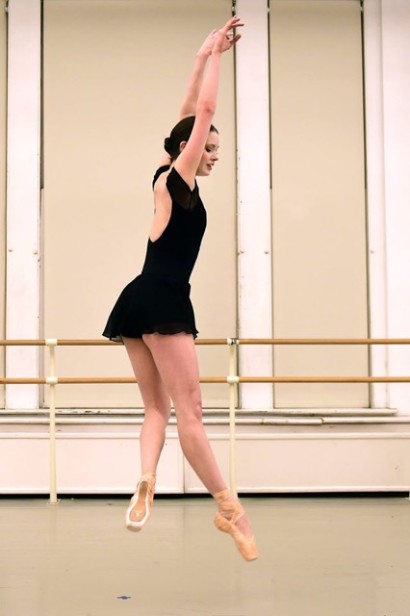 Dancer Anne Sandefur performing Hope
Dancer Anne Sandefur performing Hope
Photo Credit: Eduardo Patino
To learn more about Kate Thomas and Ballet Neo please visit their website: www.balletneo.company

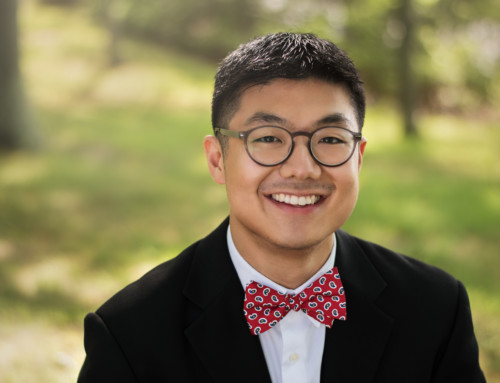
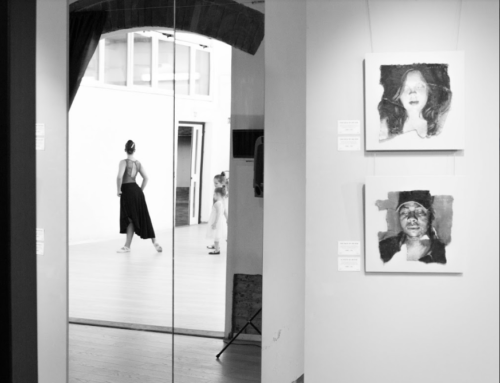
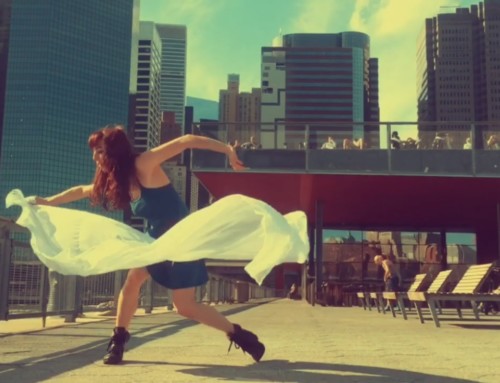
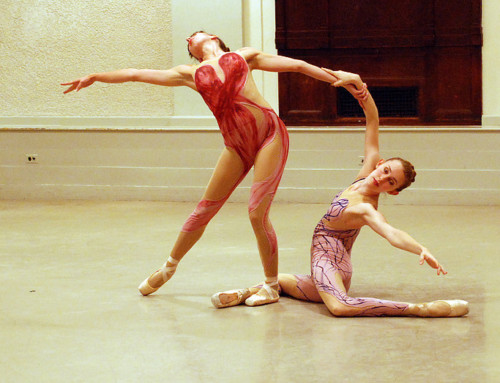

Leave A Comment